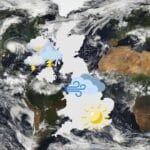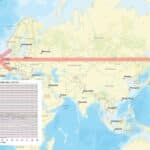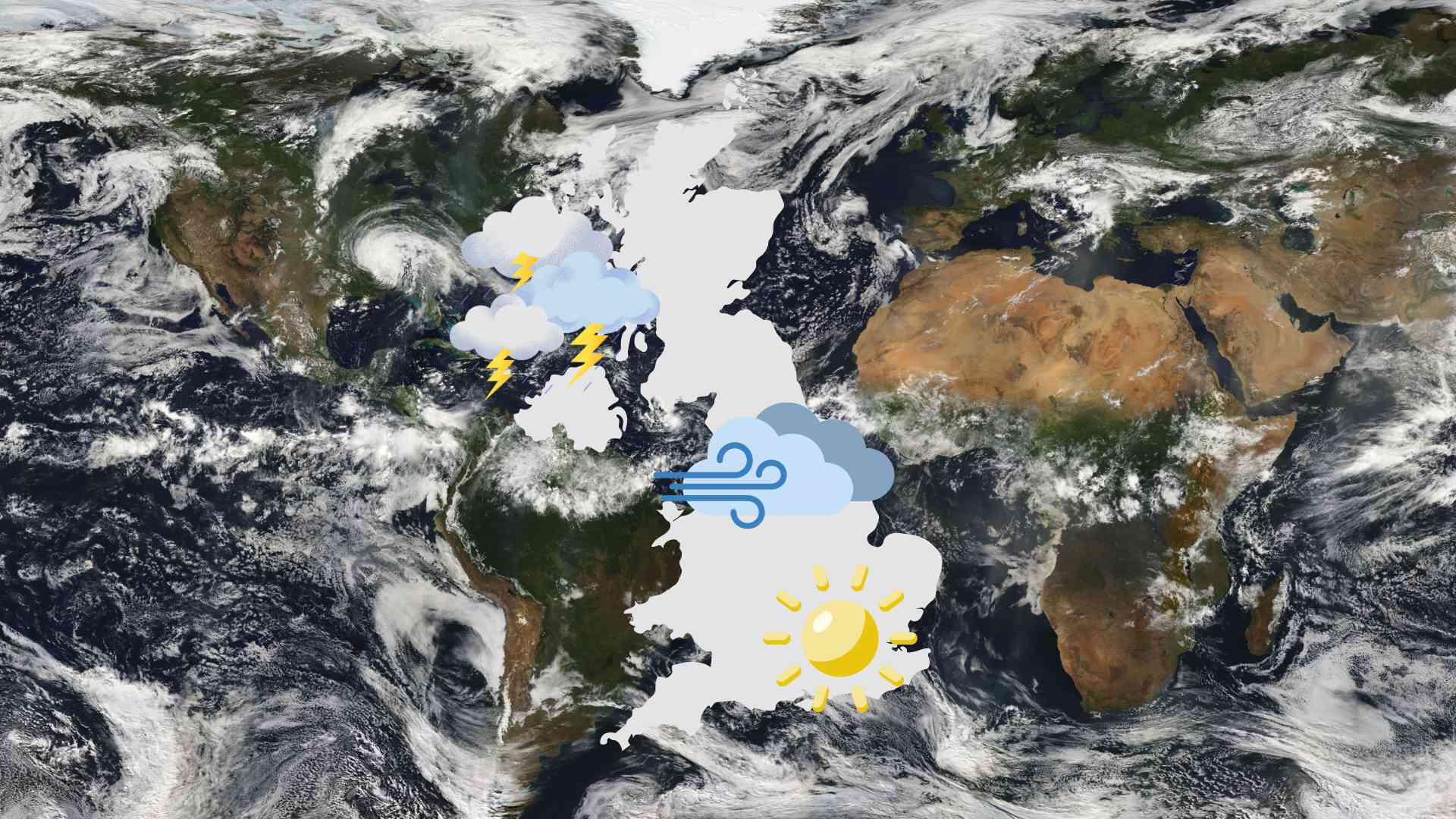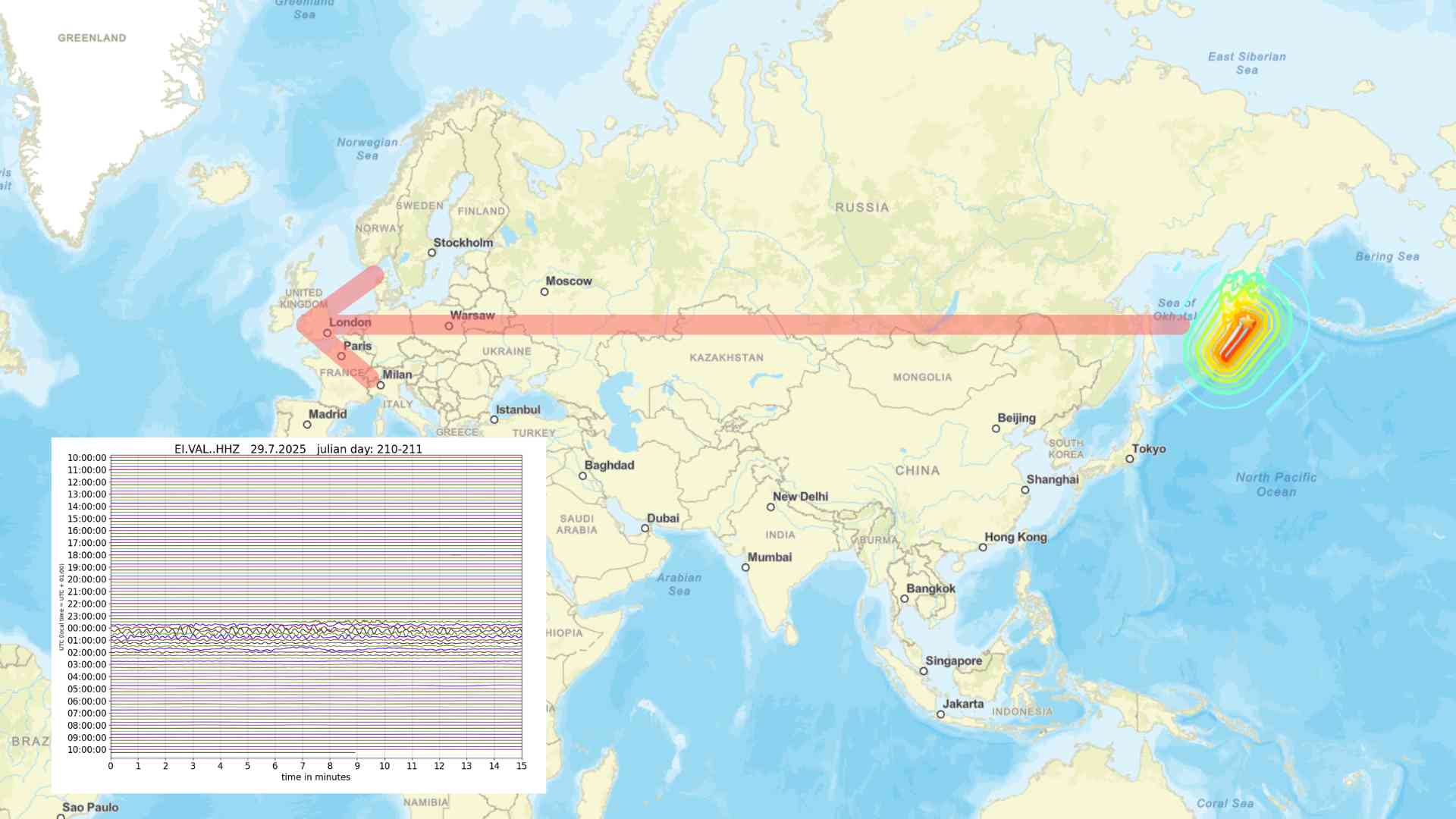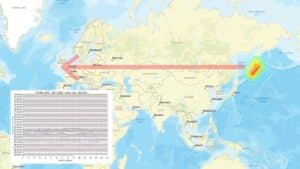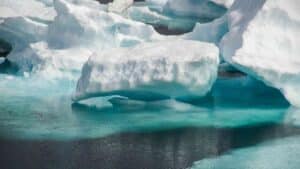
Spring One of the Driest on Record in Northwest Europe
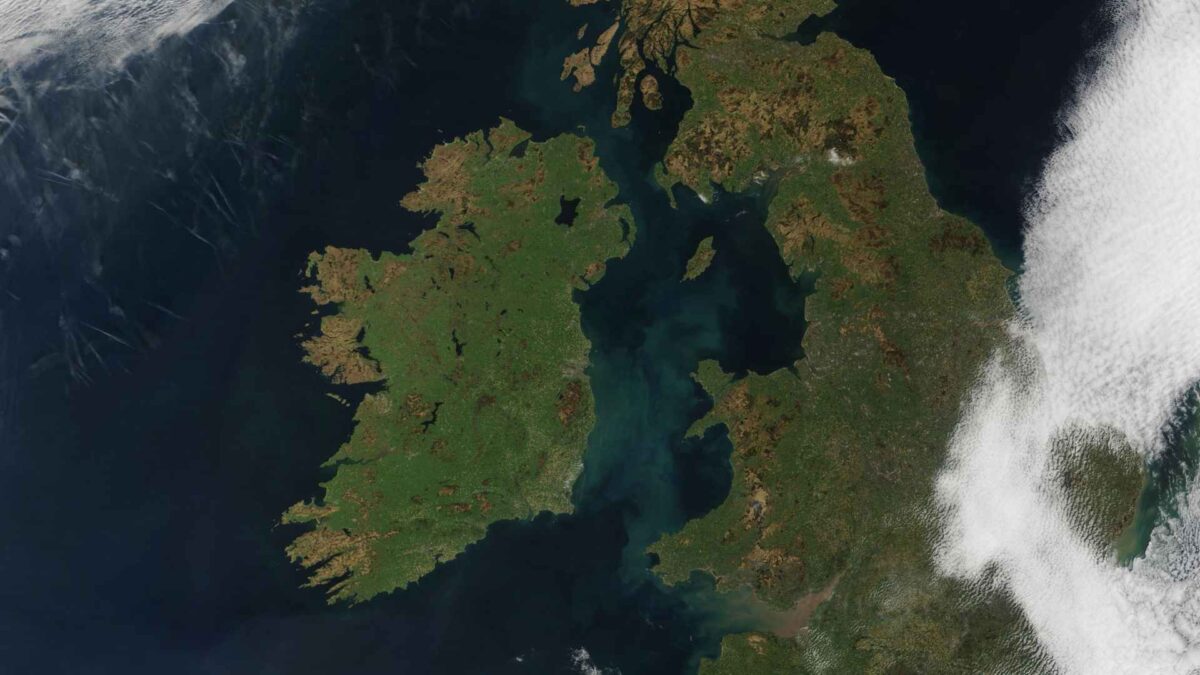
Europe’s spring weather took an extreme turn in 2025, with record-breaking dryness across parts of north-western Europe—including Ireland—according to the latest seasonal report from the Copernicus Climate Change Service (C3S).
In its Spring 2025 Climate Summary, C3S highlights a striking contrast in European weather conditions from March to May.
While southern Europe and northwestern Russia experienced wetter-than-average weather, large swathes of the north and west—especially Ireland, the UK, the Low Countries, and parts of Scandinavia—saw exceptionally dry conditions.
Driest Spring for River Flows Since Records Began
Perhaps most alarmingly, the persistent lack of rainfall led to the lowest spring river flow across Europe since satellite-based records began in 1992. Soil moisture and precipitation levels in parts of north-western Europe were also the lowest recorded since 1979, when consistent records first became available.
In Ireland, the dry spring followed an already below-average rainfall trend from winter, raising fresh concerns about drought risk, groundwater levels, and the early onset of wildfire hazards—particularly in upland areas and peatlands.
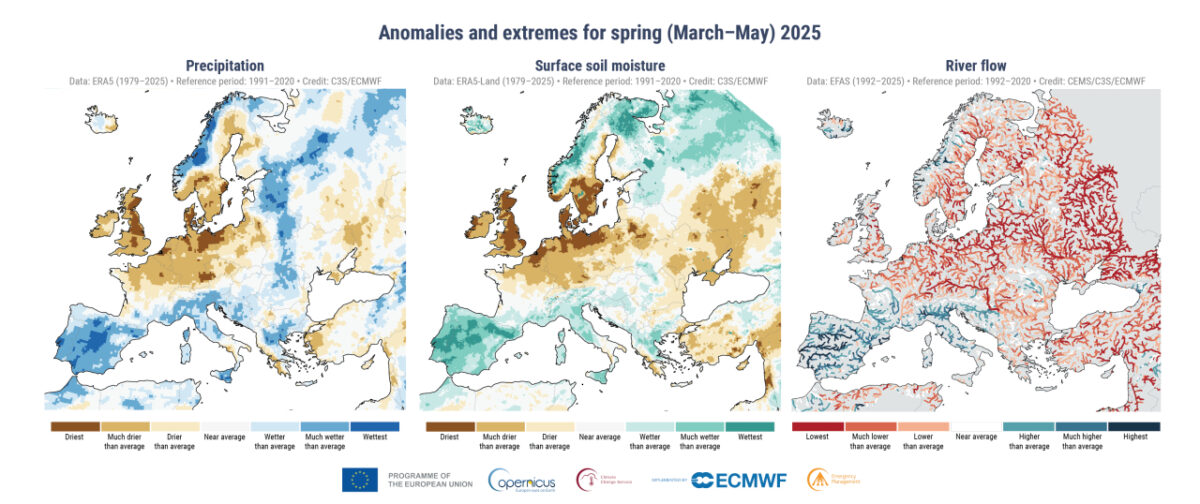
Global Climate Signals: Temperatures Continue to Climb
Beyond Europe, the spring of 2025 was the second warmest globally on record—0.59°C above the 1991–2020 average, according to Copernicus data. Only the spring of 2024 was hotter.
Global temperature anomalies were particularly pronounced across west-central Asia, Greenland, northeastern Russia, and parts of Antarctica, where conditions were significantly warmer than usual. Conversely, cooler-than-average temperatures were recorded over the Hudson Bay region in Canada, northern Australia, India, and eastern Antarctica.
Precipitation patterns were equally varied:
Dry conditions stretched across western North America, South America’s subtropics, the Horn of Africa, parts of China, and southern Australia.
Wetter-than-average conditions were observed over eastern North America, southern Africa, northern Australia, and large swathes of Russia.
Share this WeathÉire story: